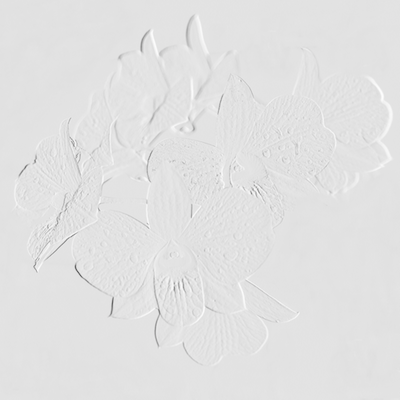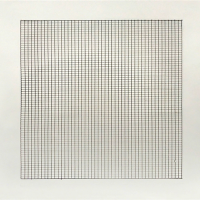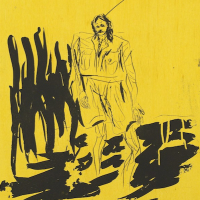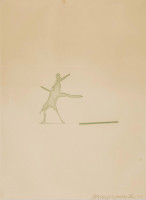
What is Embossing?
Embossing is a technique used to create raised designs or images on a surface, typically paper. Artists achieve this effect by altering the shape of the paper, often by pressing it from the reverse side using a template and a tool like a sanded dowel. The result is a design with multiple levels of depth, giving a three-dimensional appearance.
Show All
- Show All
- Established
- Discoveries
Show All
ARTWORKS RELATED TO EMBOSSING
Robert Rauschenberg
Cunningham Relief (from the Merce Cunningham portfolio), 1974-75
Limited Edition Print
Embossing
Inquire For Price
Keith Haring
White Icons (A) - Radiant Baby, 1990
Limited Edition Print
Embossing
USD 20,000 - 25,000
Keith Haring
White Icons (C) - Winged Angel, 1990
Limited Edition Print
Embossing
USD 15,000 - 20,000

Minimalism is a style in music and visual arts characterized by pared-down designs and simplicity. It began in Western art after World War II, gaining prominence particularly in American visual arts. Minimalism draws heavily on aspects of modernism and is often viewed as a reaction against Abstract Expressionism, as well as a precursor to post-minimal art practices. Prominent minimalist artists include Agnes Martin, Donald Judd, Robert Morris, Frank Stella, and Dan Flavin.

Neue Wilden is the term German artists used for Neo-Expressionism. In the 1970s and 80s, expressive painting re-emerged in Germany, with artists embracing intense colors and broad brushstrokes. The movement grew in opposition to minimal and conceptual art, favoring a return to raw, emotional expression through bold and dynamic painting techniques.















